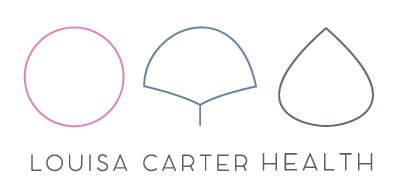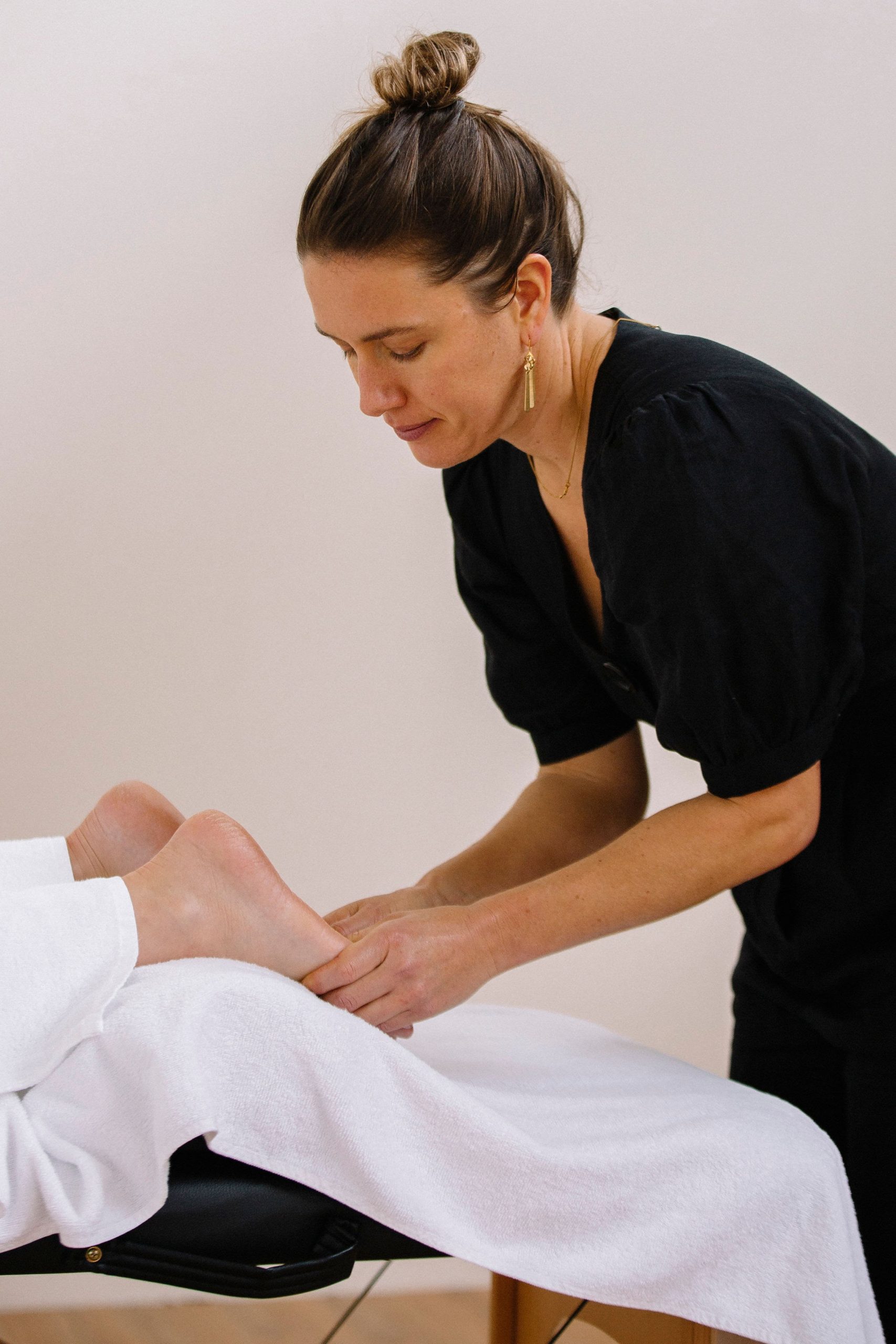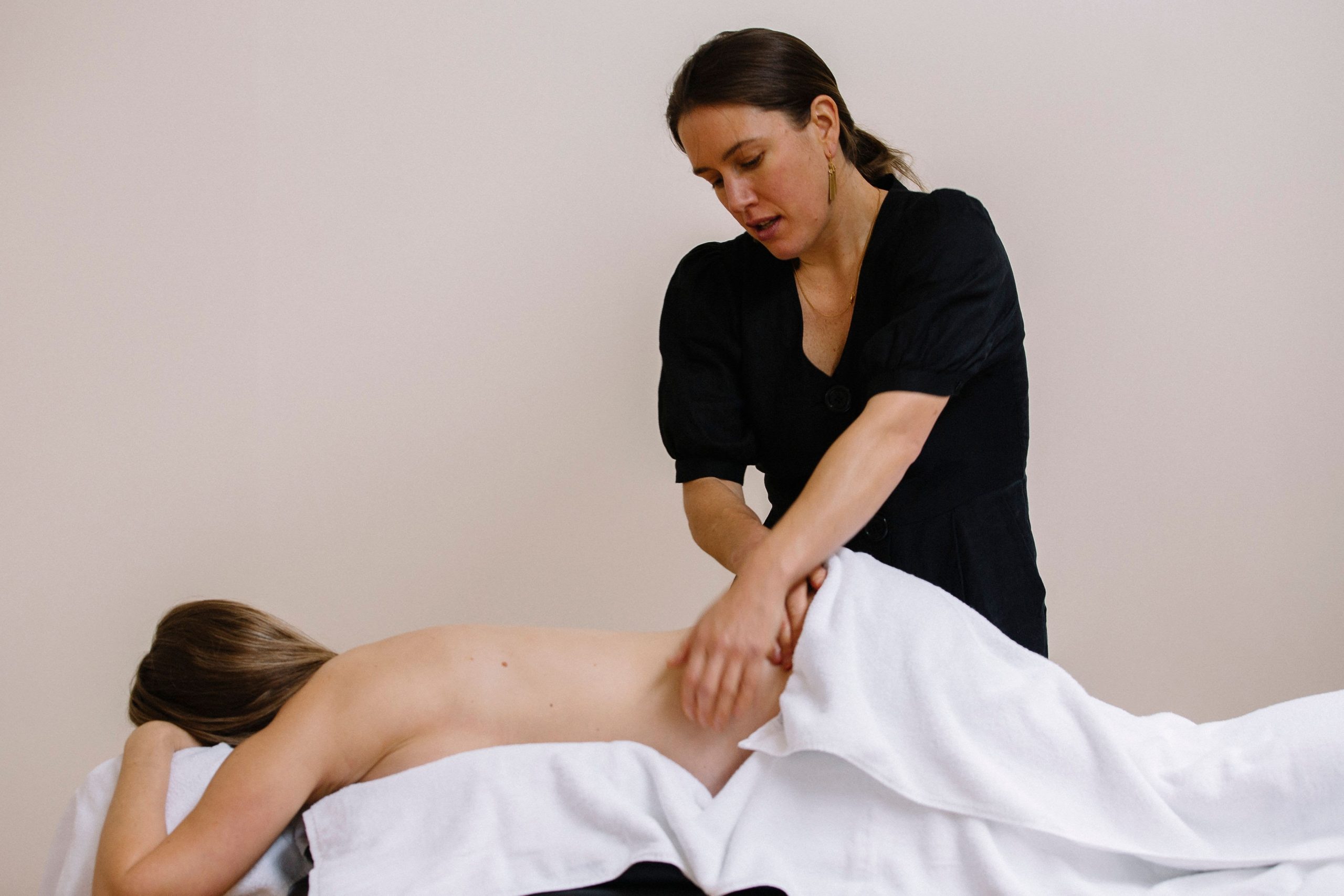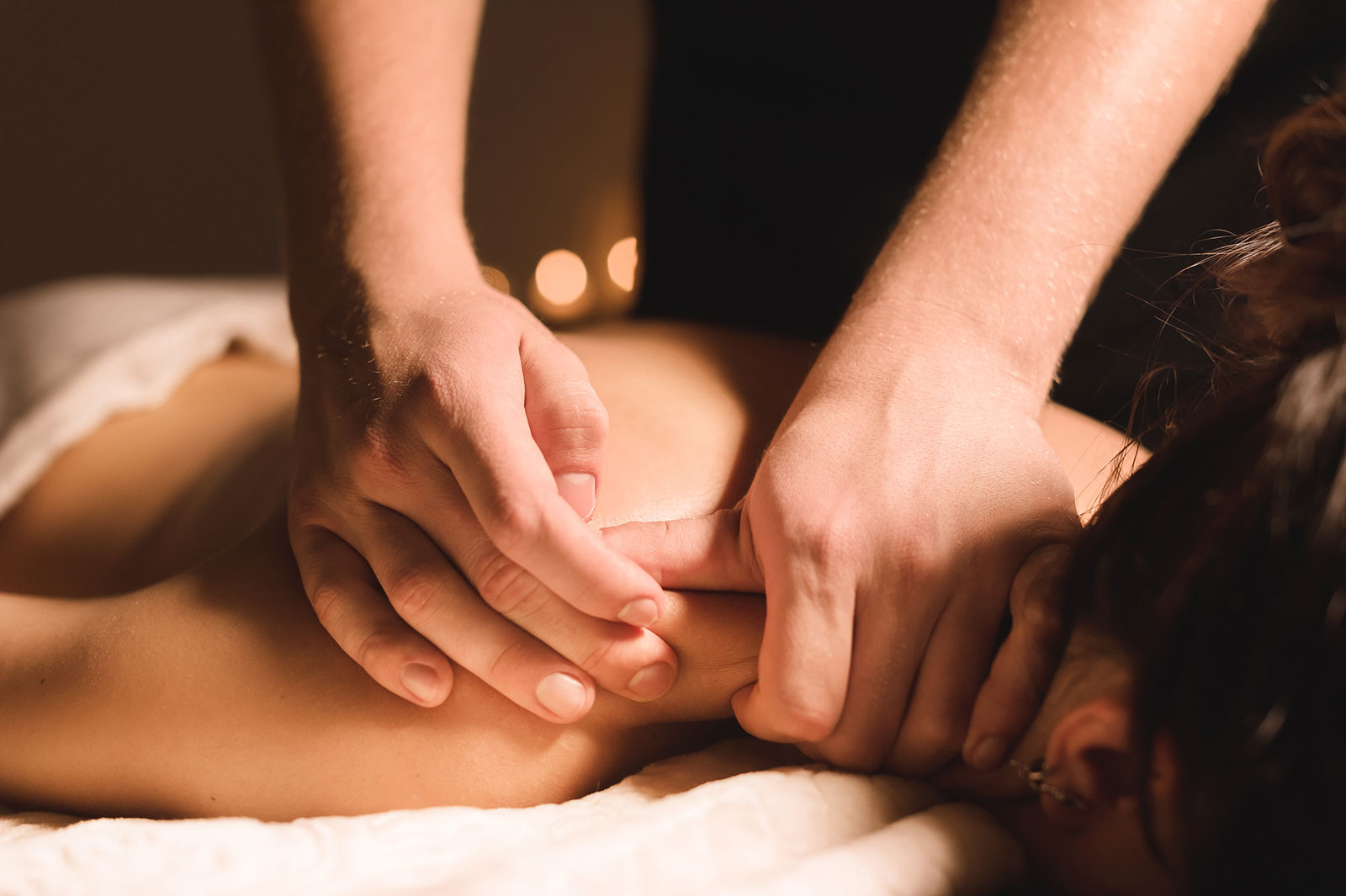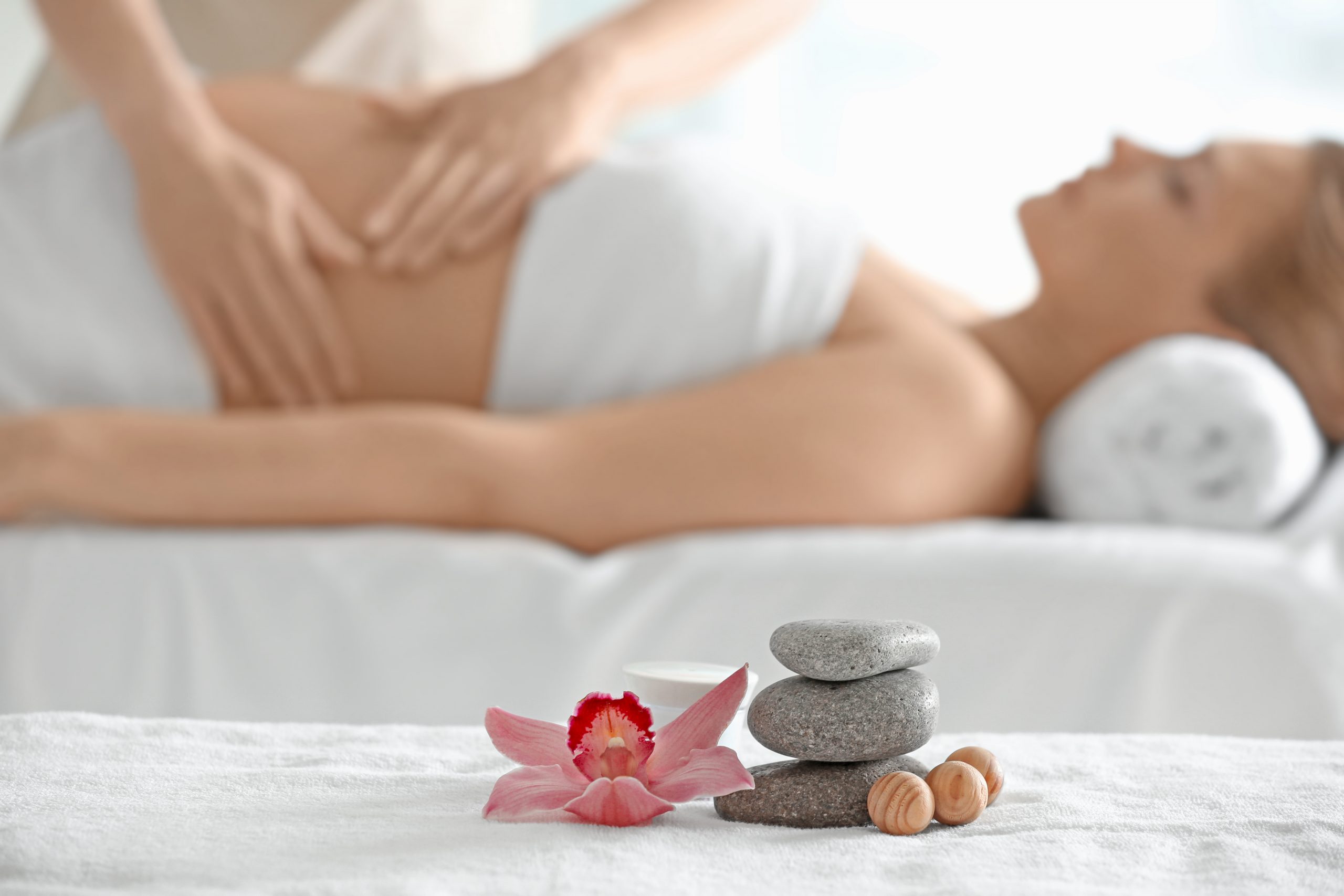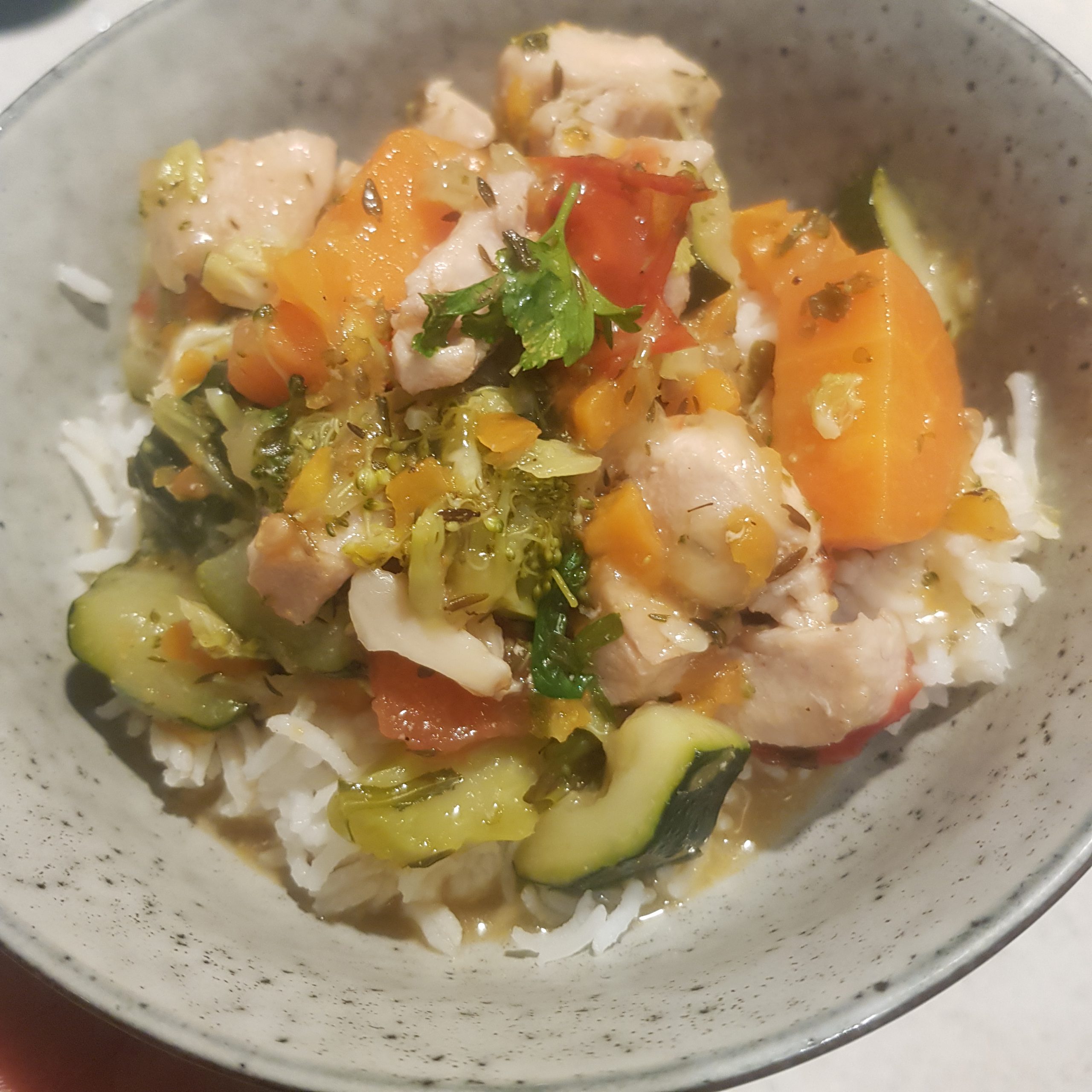5 Foods for Perimenopause and Menopause
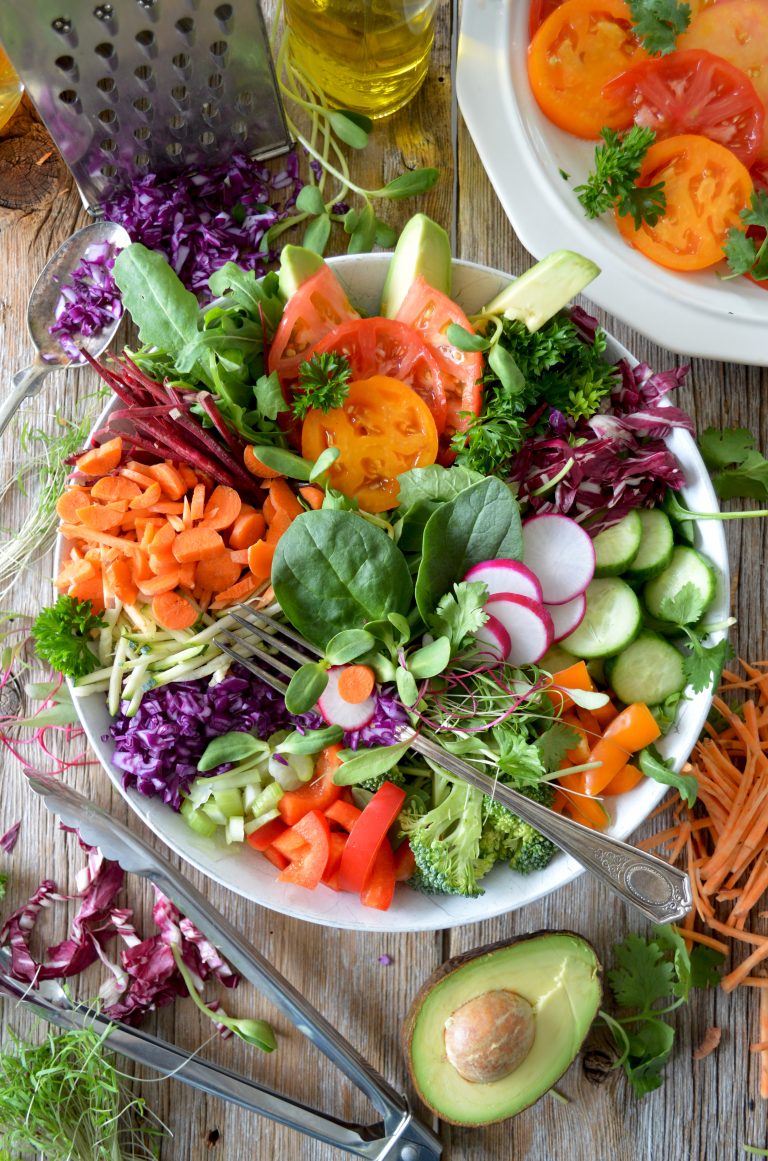
The foundation to your diet and the food that you buy from the market should be foods that come from the earth (real food)!!! Focusing on fresh salads, veggies, fruit, whole grains, legumes, nuts, and seeds.
With your focus on eating these foods in you naturally crowd out and limit the intake of poor quality, low nutrition foods like highly processed, refined carbohydrates, sugars and fatty foods (essentially, junk food).
In addition to this foundation here are 5 other ways we you can use food as medicine to support your health during perimenopause and menopause.
#1 Up the amount of protein-rich foods to support muscles and bone health. Protein is the building blocks for everything in your body and helps balance blood sugars and energy throughout the day.
We start losing muscle around age 40 but it becomes more pronounced at perimenopause. Loss of hormones (especially oestrogen) accelerates your loss of muscle mass and bone density. Insulin resistance impacts 1 in 2 women and protein can help prevent this onset. It becomes even more important at this life stage to ensure daily adequate protein intake.
Sources include:
Animal protein – meat (lamb, beef, pork, chicken, fish), eggs, dairy, protein powder.
You may like to try this protein rich recipe for chicken and veggie casserole or shepherd’s pie.
Plant protein – nuts, seeds, legumes, pulses, beans, tempeh, tofu, protein powder.
#2 Ensure good quality fats.
These help reduce inflammation in the body, help prevent cardiovascular disease while supporting healthy cholesterol levels. The brain-boosting benefits of healthy fats can play a role in supporting cognition and memory while also reducing the possibility of mental health challenges that can arise during perimenopause, minimising the risk of depression and anxiety symptoms.
Sources include: Fish, avocado, nuts and seeds (whole, ground and oil), eggs, organic butter or ghee.
#3 Eat Phyto-oestrogens.
These are compounds in foods that act as weak oestrogen’s in the body and can reduce the mild symptoms related to oestrogen’s decline including hot flashes, dry skin and irregular periods.
Sources include:
» Soybeans and soy products (tempeh, tofu, soy milk)
» Sprouted beans – alfalfa, redo clover, mung beans, split peas
» Nuts and seeds – flax seeds/linseeds, sunflower seeds
#4 Eat Calcium and vitamin D-rich foods
This will help to support bone health. These nutrients have been shown to reduce bone loss that can happen during perimenopause and menopause.
Sources include:
» Calcium-rich foods: dairy products, soybeans, tofu, sardines, salmon, egg yolk, green leafy vegetables, tahini, and brazil nuts
» Vitamin D-rich foods: egg yolk, fatty fish like salmon, tuna and mackerel.
#5 Eat to support your microbiome/estrobelmone
You want to support your gut bacteria as they play a role in not only digestive health but so many other parts of your wellbeing, brain function, the immune system, mental health and metabolism. It also plays a role in how well oestrogen is metabolised in the body which is important, especially during perimenopause when oestrogen levels can soar and cause challenging symptoms.
The enzyme called ‘beta-glucuronidase‘, which is produced by gut bacteria, can interfere with how oestrogen is metabolised. It can convert the oestrogen back into an active form that can circulate in the body, leading to a greater circulation of oestrogens in the body than we would normally have, and in turn contribute to symptoms
Sources include: Pre (green bananas, onions, garlic, asparagus and artichokes) and probiotic (yogurt, kefir, kimchi and sauerkraut) foods.
So there you have it. Start with one of these ideas at a time and gradually build them into your every day diet.
Last time I wrote about the first signs you might notice when your in the early stages of perimenopause.Curious to know what they are? Check it out here.
